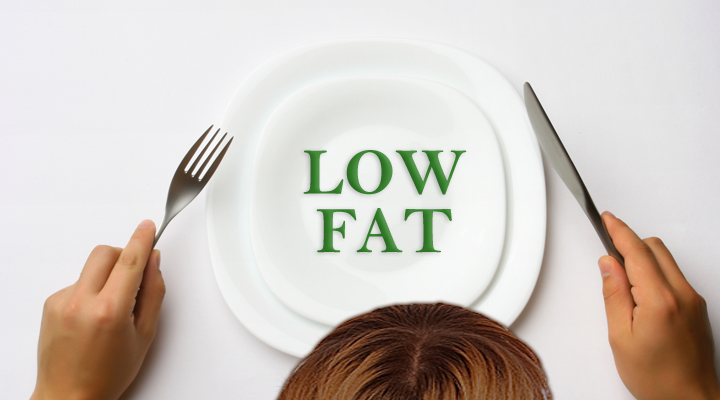Written by Isaac Davis
The quest for a “simple healthy diet” has become increasingly less simple.
One area that can be particularly deceiving are low fat, or no fat food alternatives. This movement – spawned in the 1980s – saw food producers seize a market opportunity, taking advantage of the desire to overindulge on high fat foods and not get “fat”. Emphasising the dangers of a high fat diet on heart health, as well as the high caloric price of fat compared to other nutrition groups, the food industry began replacing animal fats with unsaturated vegetable oils. Through a process of hydrogenation, vegetable fats were transformed into usable solid or semi-solid fats. This enabled food manufacturers to reproduce low-fat alternatives to many goods, without sacrificing taste. Blurring the line between fat as a nutrient and fat as an attribute was a defining step in the framing of fat as negative. Marketing to the world’s insecurity established a particularly detrimental trend. Today, extensive scientific evidence highlights the hollow promises of such foods.
The use of synthetic hydrogenated fats, or trans-fats, are particularly well studied and have been shown to cause more damage to your heart health and cholesterol then a high fat predecessor. In order to retain taste and shelf-life of a low-fat product more preservatives are required. This typically results in an increase in sugar or salt, along with other additives such as high fructose corn syrup. While this sustains a familiar taste and texture whilst reducing our fat intake, the baggage it entails far outweighs the positives. A common example is low-fat flavoured yogurts. Though low on calories an eight ounce serving can set you back up to 12 teaspoons of sugar, more than a dessert equivalent. The sugars in these foods cause insulin levels to spike and fail to trigger a “full” response, meaning we are still hungry.
The no-fat food movement leads to additional confusion as it homogenises our understanding of fat, making no distinctions between the fat type. Food manufacturers will readily label fat either ‘good’ or ‘bad’ in order to gain customer interest. In truth the situation is much less clear-cut. A vast range of fats are required in various quantities within a balanced diet. Typically good fats (such as those found in nuts, seeds and fish) form essential fatty acids that are fundamental to vascular health as well as mineral absorption. However, similar to typically ‘bad’ fats, these should also be consumed in moderation. Balancing fat intake, focussing on ‘good’ fats and avoiding particularly manufactured trans-fats are the building blocks of any healthy diet. Nothing comes from nothing: no fat at what cost?




